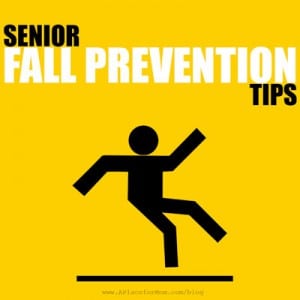
August is National Minority Donor Awareness Month, which brings attention to the more than 118,000 people nationwide waiting for lifesaving organ transplants. Of the these men, women and children listed on the national organ transplant waiting list, 56% are minorities. People of most races and ethnicities in the U.S. donate in proportion to their representation in the population. Minorities are disproportionately affected by illnesses, like high blood pressure and diabetes, which can lead to end-stage renal disease and the need for dialysis or a kidney transplant. This contributes to a disproportionately higher number of minority patients on the national organ transplant waiting list.
Here’s a representation of waiting list candidates by ethnicity:
- Caucasians: 43.7%
- African-Americans: 29.6%
- Hispanics/Latinos: 18.4%
- Asians: 6.7%
- Native Americans and Alaska Natives: 1%
- Native Hawaiians and other Pacific Islanders: 0.5%
- Multiracial: 0.5%
In 2012, 11,309 minority patients received organ transplants; while there were 2,762 minority deceased donors and 1,711 minority living donors. The wait is long and, sadly, 18 people die every day because the transplant they desperately needed did not come in time. These facts make the need for more donors from ethnic minority groups critical. However, minority organ donation often lags due to misinformation about the need and process.
Learn The Facts (most information provided by U.S. Department of Health and Human Services)
These facts may help you better understand organ, eye, and tissue donation:
- Fact: Regardless of age or medical history, anyone can sign up to be a donor. The transplant team will determine at an individual’s time of death whether donation is possible.
- Fact: Most major religions in the United States support organ donation and consider donation as the final act of love and generosity toward others.
- Fact: If you are sick or injured and admitted to a hospital, the number one priority is to save your life. Hospitals simply are not in the business of allowing patients to die to harvest their organs.
- Fact: When matching donor organs to recipients, the computerized matching system considers issues such as the severity of illness, blood type, time spent waiting, other important medical information, and geographic location. The recipient’s financial or celebrity status or race does not figure in.
- Fact: An open casket funeral is usually possible for organ, eye, and tissue donors. Through the entire donation process, the body is treated with care, respect, and dignity.
- Fact: There is no cost to donors or their families for organ or tissue donation.
- Fact: Every state provides access to a donor registry where its residents can indicate their donation decision.
- Fact: Federal law prohibits buying and selling organs in the U.S. Violators are punishable by prison sentences and fines.
- Fact: People can recover from comas, but not brain death. Coma and brain death are not the same. Brain death is final.
In order to sign up to be on the donor registry, or to receive more information, visit http://organdonor.gov/becomingdonor/stateregistries.html.
Meet the challenge. Address the need.













